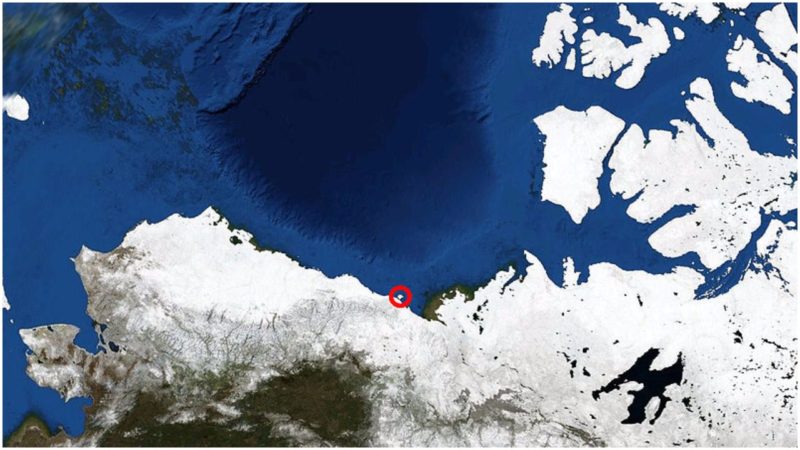Located some 7 miles off the coast of Yukon in Canada, this island in the Beaufort Sea was once the home of some mighty whale hunters. According to archaeological finds, the Thule culture inhabited the island more than a thousand years ago.
The climate on the island can be unforgiving, as is the case with many places in the Arctic. During the summer, the temperatures can rich up to 30 °C but during the winter it can go as low as -50 °C. Every year, between 19 May and 24 July, the island is under constant daylight.
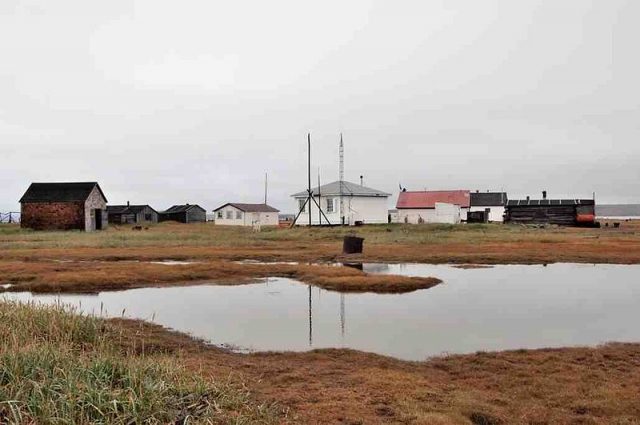
It was Sir John Franklin who first spotted this place during his expeditions in the Arctic. He named the island Herschel Island. In accordance with the journal of Sir John Franklin, he wished to honor the name Herschel. The most famous people bearing this name are Sir William Herschel, his sister Caroline Herschel, and his son Sir John Herschel, all of them great scientists, astronomers, and mathematicians.
In the 19th century, the whale hunters realized that the Beaufort Sea was where the Bowhead whale found refuge. This whale was precious for its baleen, blubber, and oil.
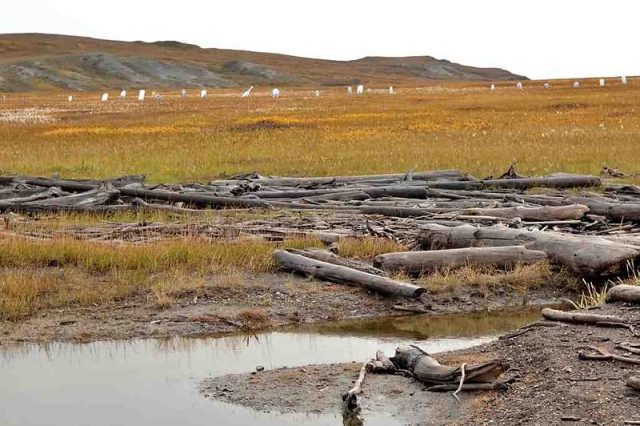
For this reason, the Euro-American settlement was established in 1890 at Pauline Cove. During the height of the whaling season, this island was home to more than 1500 residents, making this island the largest community in the Yukon Area.
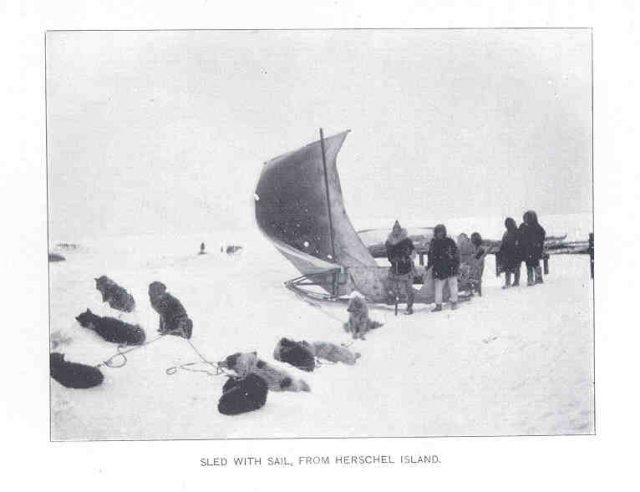
In 1915, Mr. Christy Harding, hired by the Hudson Bay Company, arrived on the island to establish a post. He constructed a store, a house, a warehouse, and some other buildings. But the business was not going according to plan and in 1937 the Hudson Bay Company left the island.
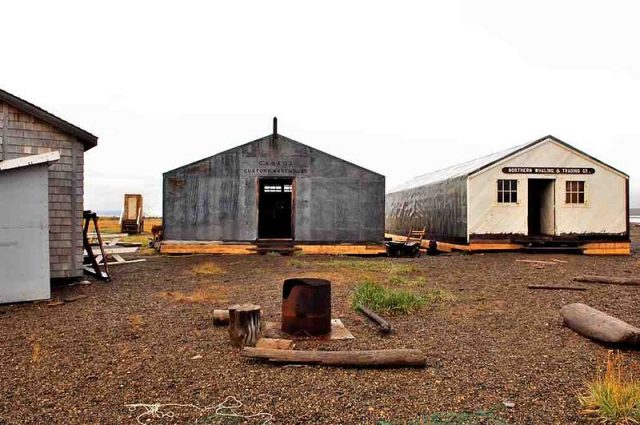
Several buildings were constructed on the island but the whale hunters, being first and foremost sailors, found their ships to be more comfortable than land. In 1893, the Pacific Steam Whaling Company built the community house together with a recreation room, an office for the manager and storekeeper, and storage facilities.
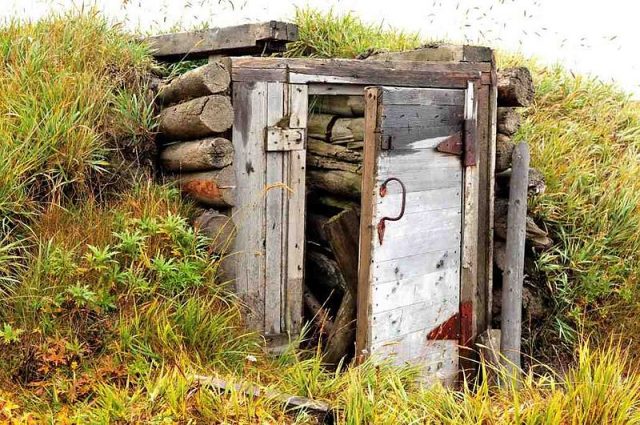
For only $1,500, the Royal North-West Mounted Police bought the island off of the Pacific Steam Whaling Company. To this day, the community building is still standing strong and is still in use today as a park office and visitors’ center.
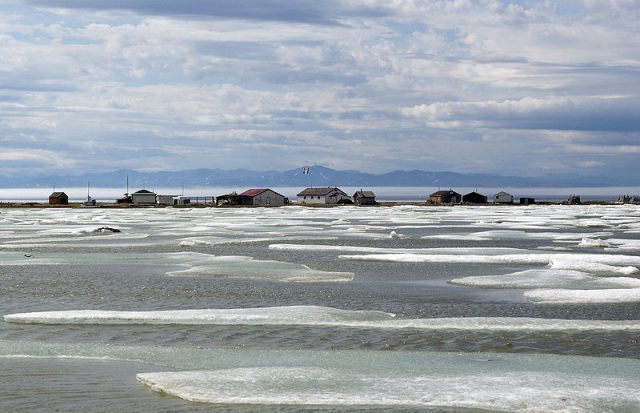
The island was still being used in the 1970s when it was a temporary harbor for oil-drilling ships. The last residents who were living year-round on the island, the MacKenzie family, left the island for good in 1987.
